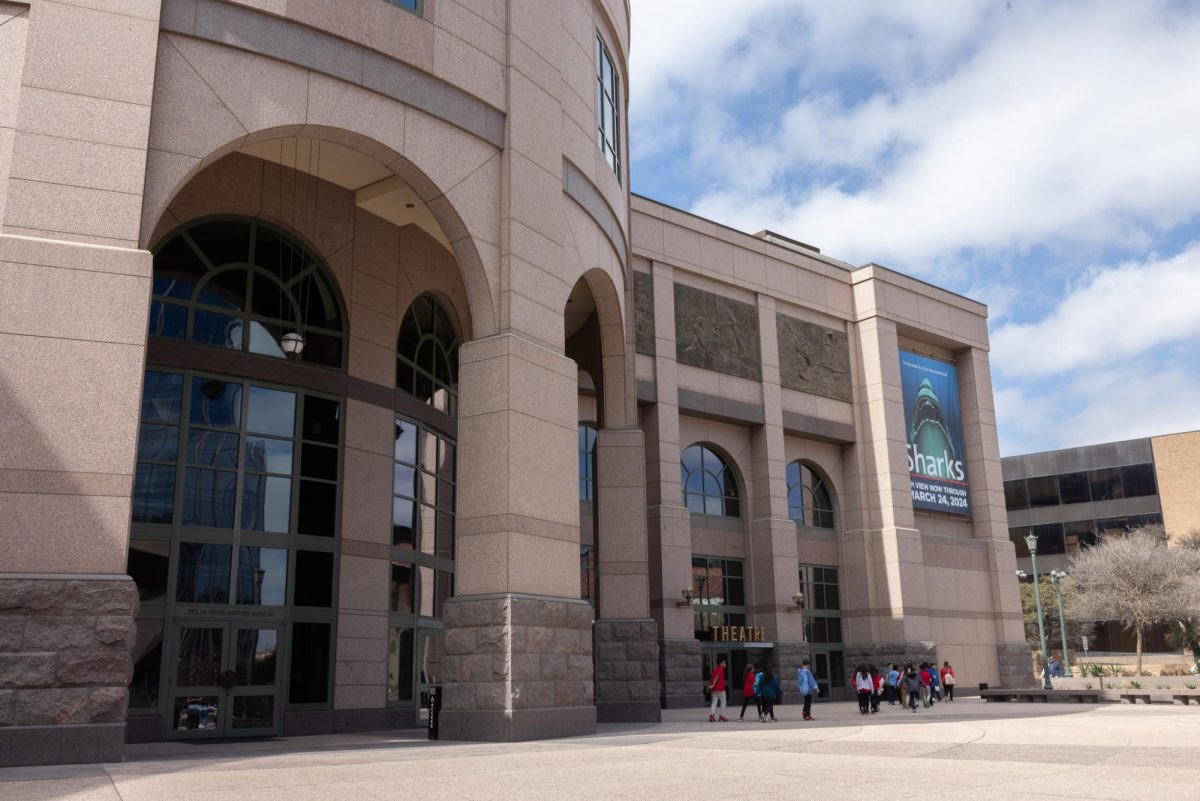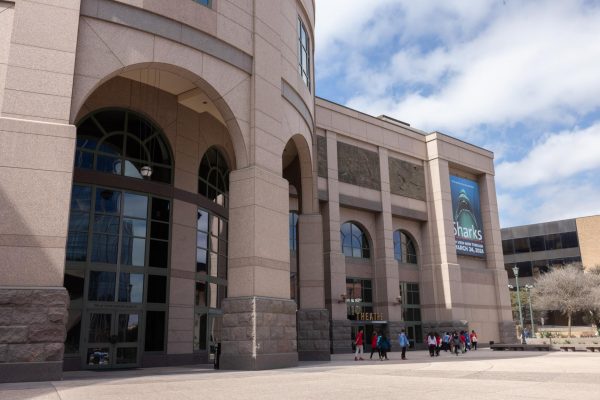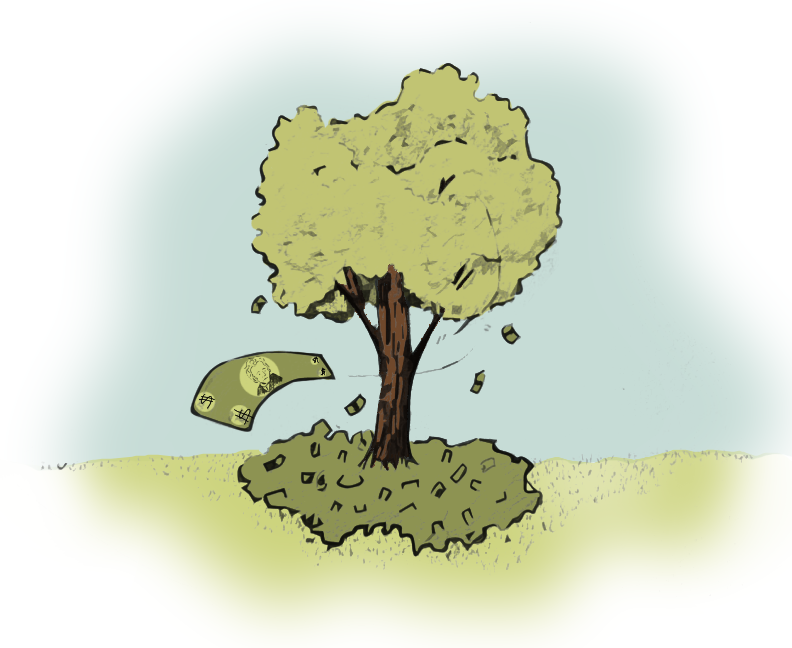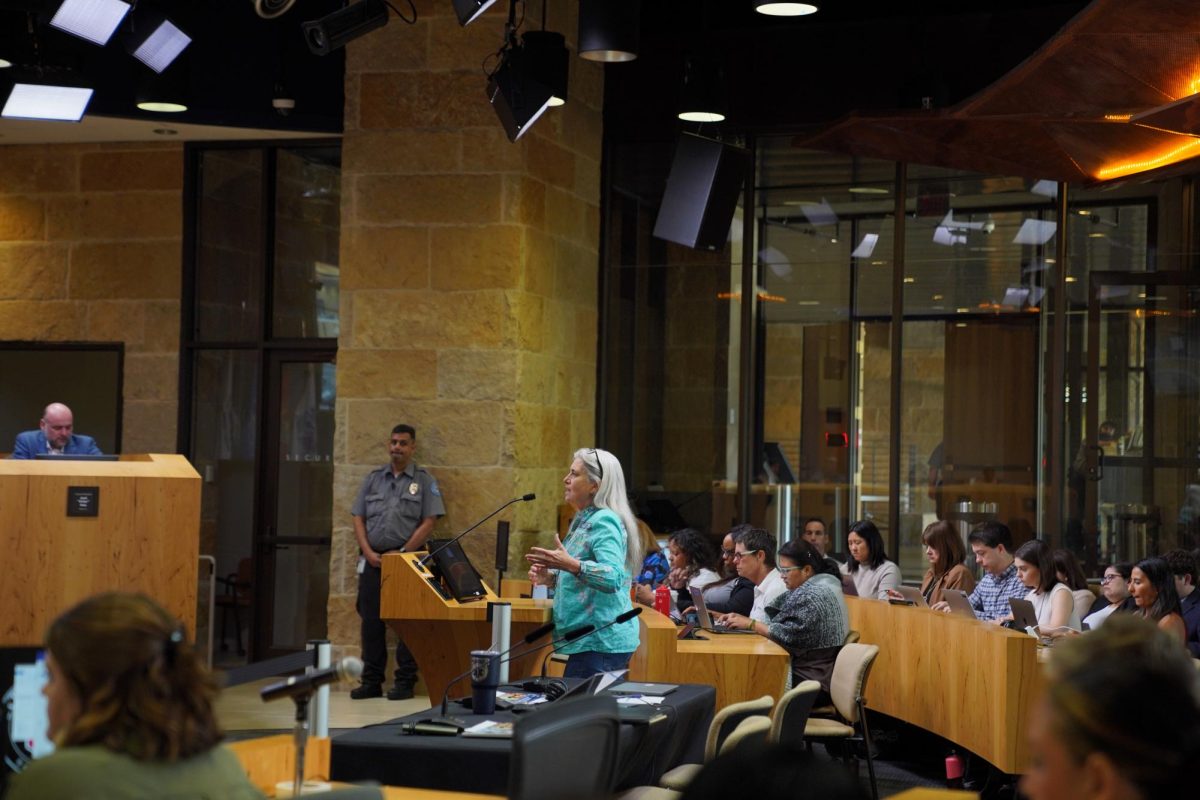The Bullock Texas State History Museum announced in early February its Texas History Galleries are now fully available in English and Spanish, allowing Spanish-speaking visitors to have a comprehensive, engaging way to understand Texas history.
“Having multiple languages in your interpretation within your exhibition galleries (makes) content more accessible to a larger group of people,” said Margaret Koch, director of the Bullock History Museum.
The Museum first translated its newly-renovated Becoming Texas gallery in late 2018. Subsequently, the Museum translated each additional gallery, and the print and digital guides, to accommodate the “high volume” of Spanish-speaking visitors and families.
“Oftentimes we know that children, especially in Spanish-speaking families, (who) end up studying English in school (are) much more fluent in their bilingual language skills,” Koch said. “Going into another place, whether it’s a business or whether it’s a cultural institution, they become the translators for their parents if their parents aren’t fluent (in English).”
Koch said curators partnered with professional translators to ensure that each exhibit fully encapsulated Texas history. Curators sent the English descriptions to translators who completed the Spanish translation in batches over five years.
“We were reviewing (descriptions) in terms of not just length, but what the actual content was, and we use that opportunity to even bring in new content … that has been done to flesh out stories and make sure that these stories were accessible, not just in terms of English or Spanish, but accessible in a lot of different ways,” Bullock Museum curator Angie Glasker said. “We knew that our visitors could see themselves in each of the galleries that they were encountering — it took a long time.”
Glasker said translations have been an important need for the frequent Spanish-speaking visitors at the Bullock.
“It was important not just for people who (speak) Spanish only to be able to read the (interpreted content) but also for … multi-generational families coming in,” Glasker said. “If grandma is Spanish-only, even if the kids aren’t, they can have a conversation about what they’re seeing and what they’re learning (together).”
This is not the last of the Museum’s translations, however. Glasker said translation has become a permanent process, and future exhibit content will also be available in English and Spanish.
“We’re a non-collecting institution, so everything on display here is on loan,” Glasker said. “This means every month we’re going to have to go through the process of writing new label text (for translation).”
Analía Fierro, a Mexican American and Latina/o Studies freshman, said her grandparents mostly understand Spanish. She said having bilingual translations is important for museum accessibility, and it’s important to include Spanish speakers and non-English speakers in conversations about Texas history.
“It would be really important to see translations with other languages because as long as it’s just English and Spanish, we’re still going to continue to see language barriers with other communities,” Fierro said. “I think that would be important to try and implement (across the border).”
















